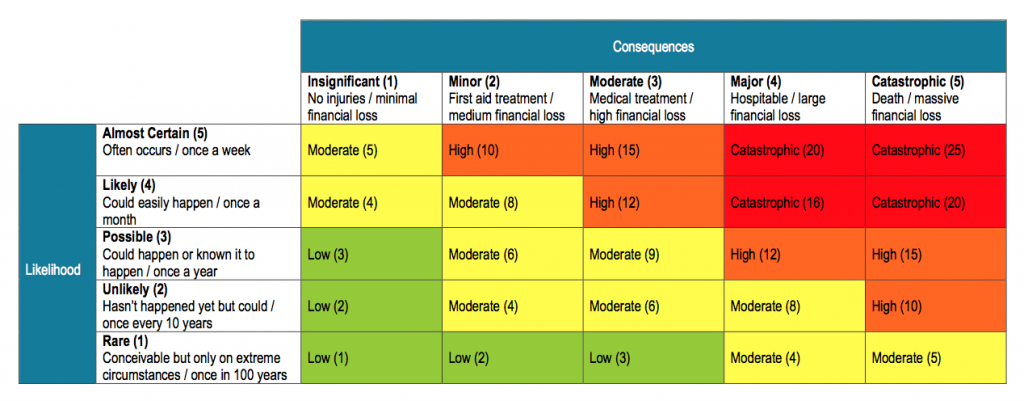Hazard management and risk assessment: what’s the difference?
They both sound like they mean the same thing but there is a difference between a risk and a hazard. Understanding this difference is an aspect of health and safety information that is all too often overlooked by workers and managers alike. In the field of occupational health and safety, this is but one of many basic risk assessment questions.
There is a difference and it is an important element to most hazard and risk assessment procedures. Based on Workplace Health and Safety Queensland’s codes of practice, the below definitions of risk and hazard are applicable to all Australian jurisdictions.

A hazard is a “situation or thing that has the potential to harm a person.” These can be aspects to a workplace like machinery, tools, vehicles or chemicals. Alternatively a hazard could include certain elements to a workplace like the repetitiveness of a job, bullying or violence.
A risk is the likelihood of a person getting harmed (death, injury or illness) if they are exposed to a hazard. For construction workers, the level of risk associated with a hazard is determined by the completion of a risk assessment matrix (see image below).

Understanding the difference is obviously important in getting hazard and risk identification right in the workplace but it is also crucial for writing risk assessments. Risk control methods are based on accurate risk reporting and hazard identification meaning if done inconsistently, then the well being of workers is unnecessarily insecure.

